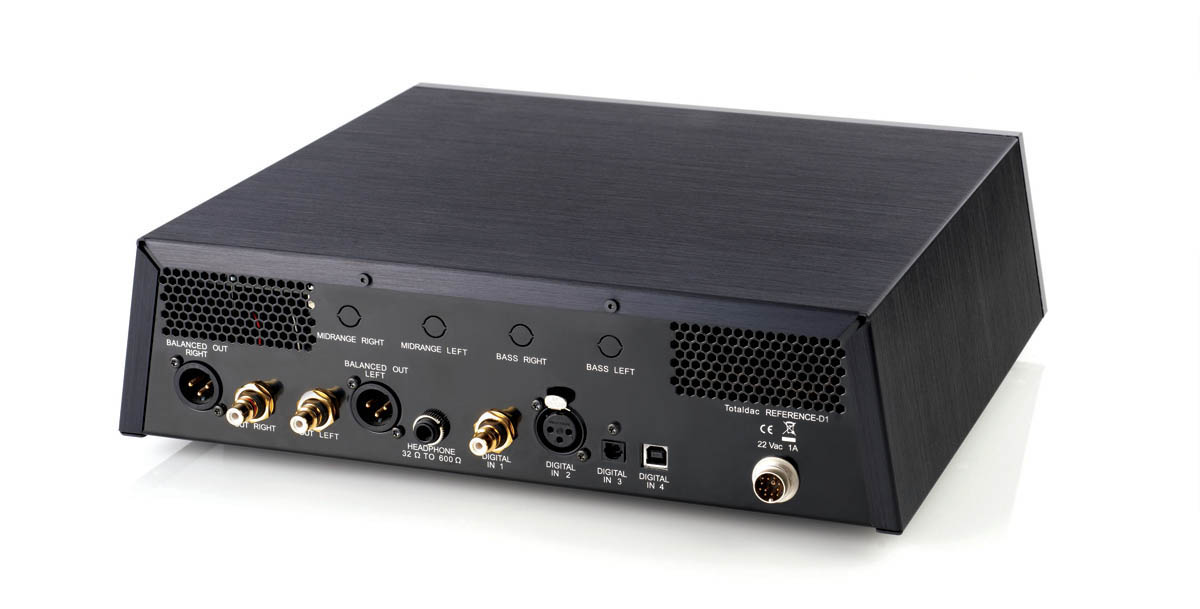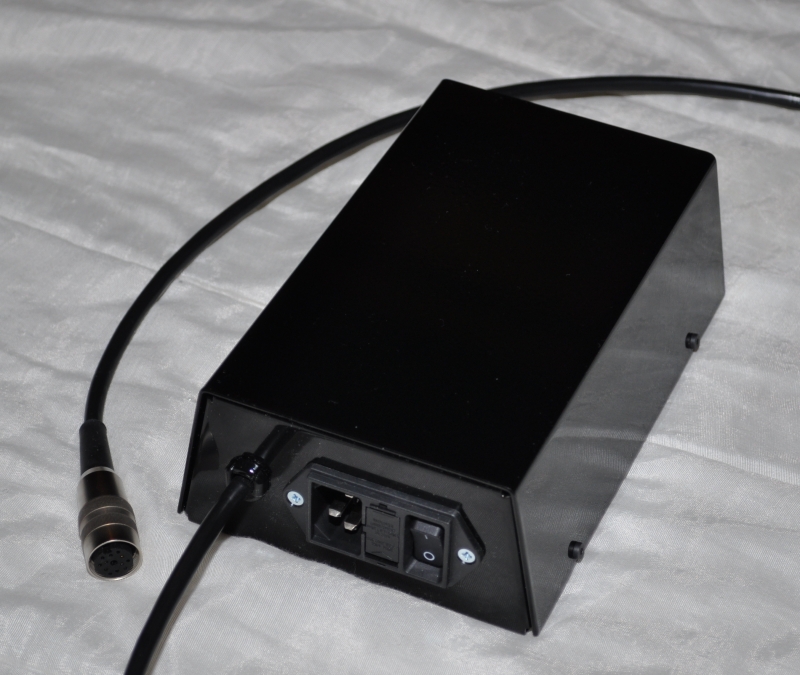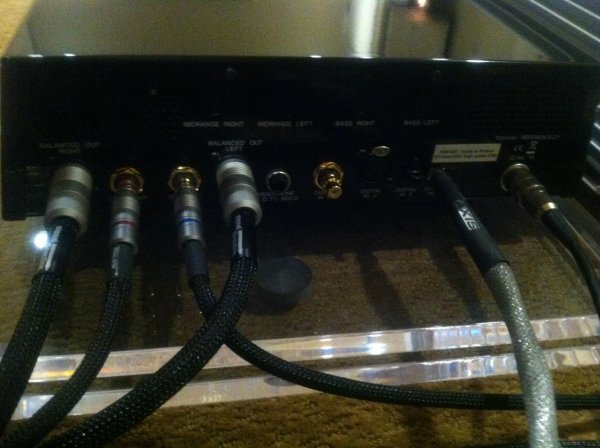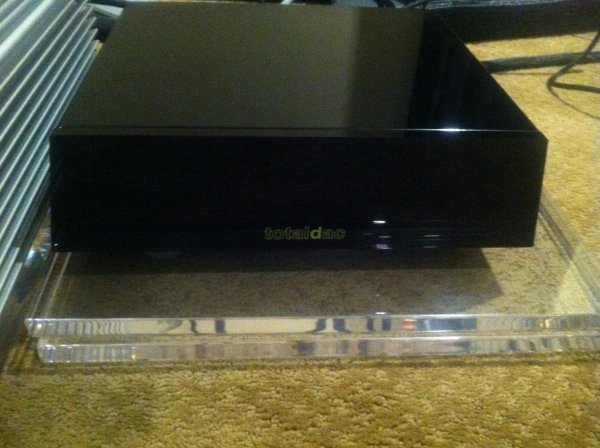"D1 will not support DSD and 24/384.
D1 use a analog filter after the dac."
The D1 is a true NOS discrete ladder DAC using all premium parts and no mass produced IC DAC chips. We can get into the discussion about the advantages and disadvantages of SDM DACs v. discrete ladder DACs. However, it would be impossible for a true NOS discrete ladder PCM DAC like this one to do native DSD. There is a small passive analog filter after the DAC as you point out. However, the reconstruction filter is a true NOS filter which resides on the 69 bit FPGA along with the lossless volume control and an optional NOS frequency compensation FIR filter. The analog filter is NOT a brickwall anti-aliasing analog filter. If you need more information about this DAC, you can email Vincent directly. His email is:
vincent_brient@yahoo.fr
As far as 384, that's a decision that each person has to make on their own. I like the design of this DAC partly because it is NOS. I have found very little native 384 or 352 material to download. The only legit reason for using these sample rates, IMO, is so that you can oversample on the server side. Such heavy oversampling, however, wouldn't be consonant with an NOS DAC design like this one due to the added ringing induced by oversampling. Even if you wanted to oversample on the server side to get totally flat high frequency response, you would only need to oversample to 176. This would be unnecessary because neither Vincent's custom analog reconstruction filter or his optional custom FIR frequency compensation filter uses any oversampling. This DAC represents Vincent's design philosophy, which I am sure he could explain better than I could.
All I know is that I've tried a lot of different high end DACs, all with very different designs and goals. There are trade-offs with everything, IME. I like the sound of this DAC more than any other DAC I've had. The most striking impression I could give has to do with the space in the recordings. This DAC resolves much deeper into the recording space than anything else I've heard in my system without any hardness, if that makes any sense. For example, I can hear the Dallas Meyerson's reverb like I've never heard it before other than actually being at the Meyerson, when I listen to Keith Johnson's wonderful Reference Recordings.
IME, the better my digital gets, the more hi-rez redbook can sound. Of course, I would prefer a competently recorded, high rez recording over the same redbook recording. However, I counted the tracks I actually enjoy listening to, and the vast majority is still less than 96k. I have a lot of native DSD on my server and even converted to 176 in Jriver, they sound wonderful. My hunch is that all DACs have their sweetspots. Some DACs do DSD awesome, some DACs do PCM better and some DACs just do redbook, like the Spectral DAC. For me, it's a personal decision that has to do with the music I enjoy the most.
I have received many PMs about this DAC. Some folks have been genuinely curious and supportive of the design philosophy and others have been openly hostile. Some folks told me the DAC is too expensive and some folks have told me it's too cheap.

I don't really care. In free market economics, the value of an item is determined by the individual buyer and seller. That is, the marketplace is really a constellation of individual decisions made by individual buyers and sellers, each with their individual objectives;
Laissez-faire as the French used to say.

I will post my impressions later and let the cards fall where the may.
















